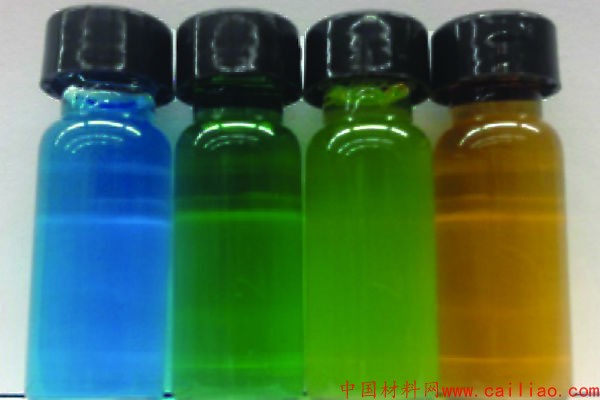Because the small intestine is deep in the digestive system, it is difficult to check. However, it has a close relationship with many common gastrointestinal diseases. At present, when patients need small bowel examinations, they need to drink a thick sputum, combined with X-ray, magnetic resonance imaging, or ultrasound, for imaging review and evaluation. However, this also has limitations, and the safety, accessibility, and lack of contrast of this imaging technology have attracted attention and criticism. It still does not provide real-time imaging of the muscle movements of organs while delivering food.

Therefore, researchers at the University of Buffalo in the United States have developed a new "nano juice." After drinking it, it helps the doctor to see the inside of this obstructed organ. This liquid is filled with suspended nanoparticles that travel through the digestive system until reaching the small intestine. The doctor uses a harmless laser to visualize the nanoparticles. It allows a clear, non-intrusive, real-time inspection. This means that there is a better chance to identify and treat the intestinal diseases that appear here. "This method allows you to see the small intestine move in real time," said Jonathan Lovell, assistant professor of biomedical engineering. "Better imaging will increase our awareness of these diseases and allow doctors to rescue them from pain more effectively."
The dye molecules used by the team are called naphthalocyanines, and most of them absorb light in the near-infrared spectrum, which is the range of ideal contrast agents. Dyes enable the imaging technology of nano juices to be more efficiently utilized and developed. These dye molecules are packaged in special nanoparticles, making the dye safe to eat and easily dispersed in the liquid. In the technology published in the "Nature Nanotechnology" magazine, they have succeeded in experiments conducted in laboratory mice and are preparing to conduct human trials.